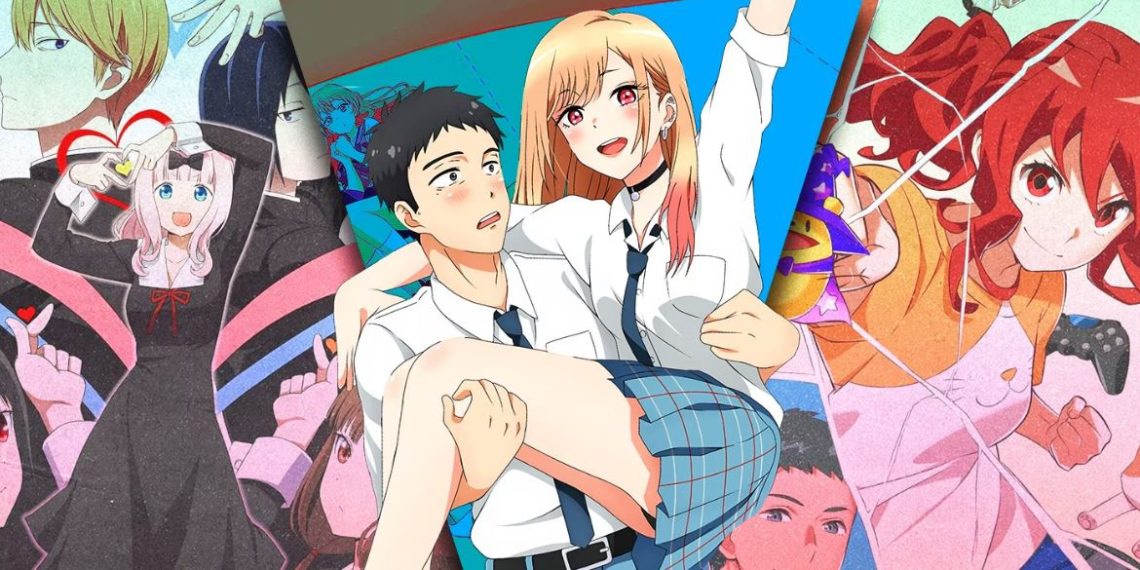In the anime community, there’s a growing concern among fans of the shojo demographic. Whether it’s through insightful vlogs or lively Reddit discussions, the topic of shojo’s dwindling presence in today’s anime is hard to ignore. For enthusiasts, the scarcity of new shojo series is a disappointing reality that’s difficult to overlook.
However, there have been glimmers of hope for shojo aficionados in recent years. The revival of classics like Sailor Moon and Fruits Basket, along with the announcement of a sequel to the beloved Kimi ni Todoke, has injected a sense of excitement back into the genre.
While some may view relying on past successes as lacking innovation, there’s something to be said about the enduring appeal of these timeless series.
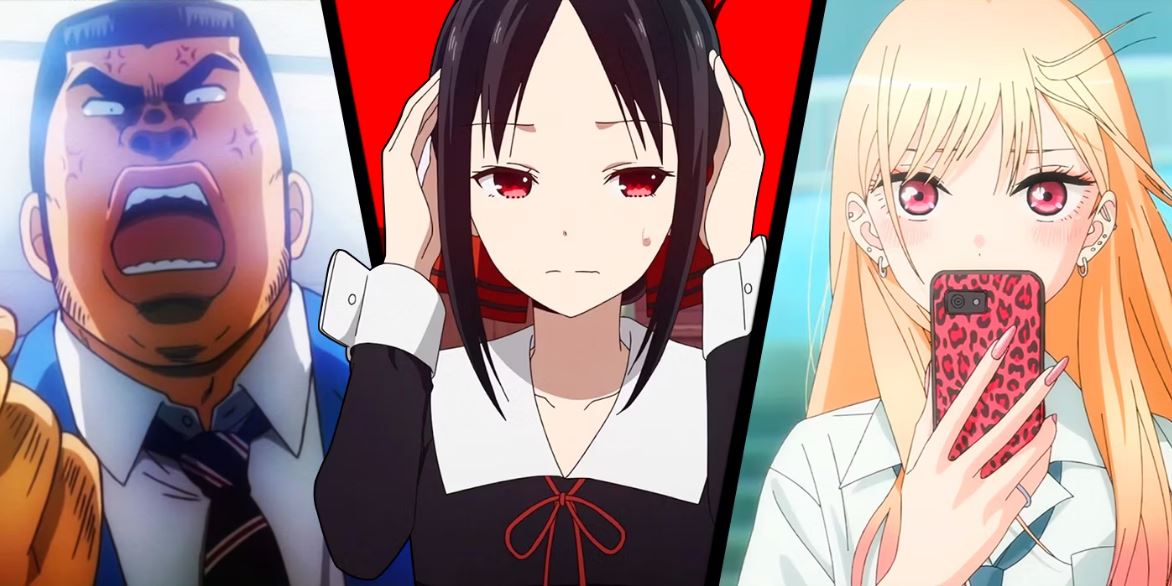
Anime hasn’t always been kind to its female audience, with shojo often receiving less attention compared to its shonen counterparts. Despite possessing qualities that are worthy of recognition, many shojo series struggle to gain traction in a market dominated by shonen anime. It’s a disparity that’s become increasingly evident over time.
In light of this, leveraging classic shojo titles to showcase the genre’s strengths while implementing necessary updates could be a strategic move for producers.
By tapping into the nostalgia associated with these beloved series and modernizing them for today’s audience, there’s a chance to reignite interest in shojo anime and bring it back into the spotlight where it rightfully belongs.
Shojo Anime Has Been Eclipsed by Shonen for Decades
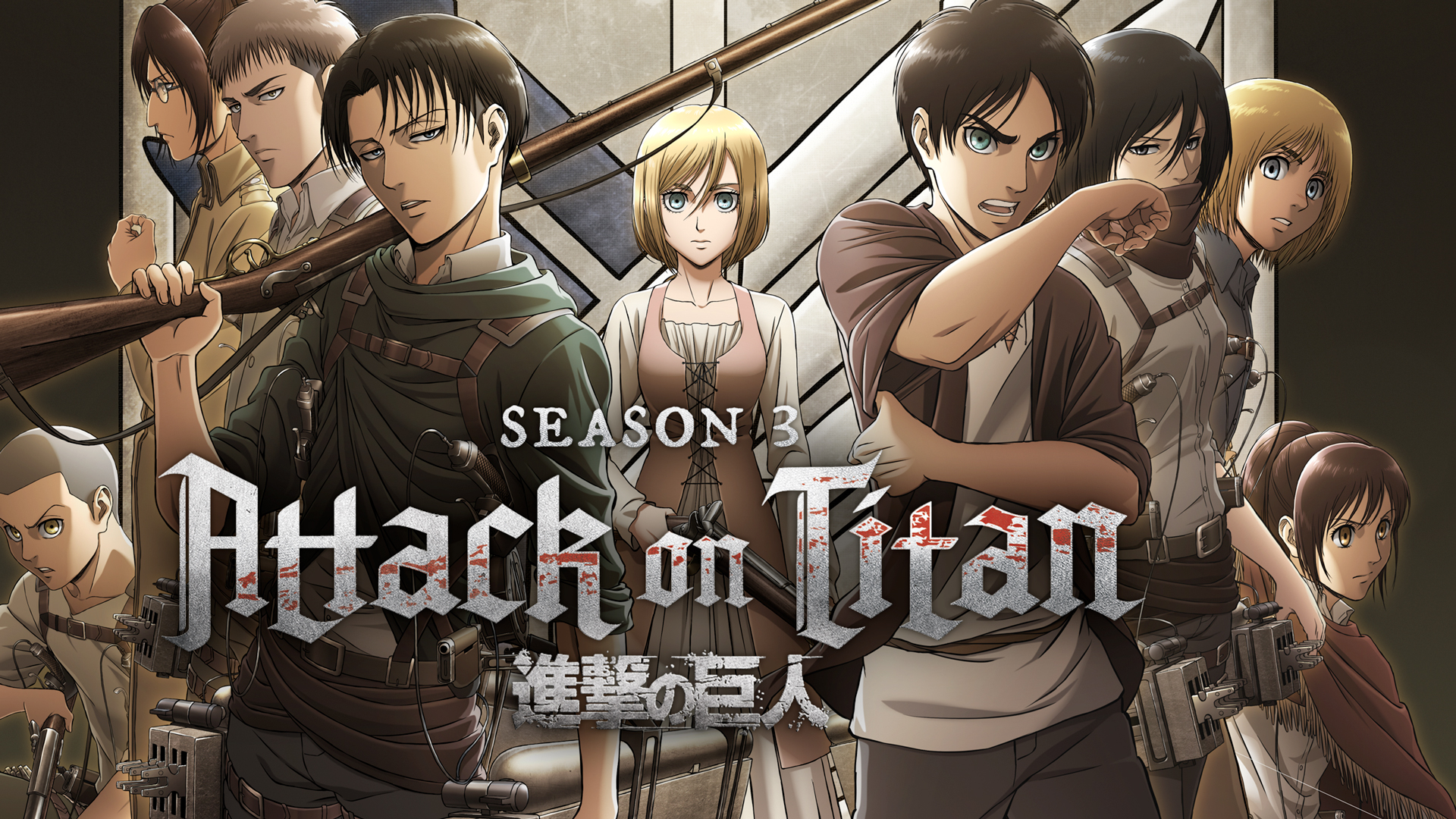
Shonen titles have long dominated the anime scene, overshadowing shojo series for decades. These shows, aimed at teenage boys, have become synonymous with the medium, with iconic titles like Attack on Titan, Death Note, and Fullmetal Alchemist: Brotherhood leading the pack.
In terms of sheer volume and popularity, shonen stands second only to kodomo, catering to children under 8 years old.
When comparing shojo’s position among the five main demographics, it’s clear it doesn’t even come close to shonen. Seinen, targeting adult men, follows Shonen in terms of production and popularity. Shojo, on the other hand, lags significantly behind.
According to data from MyAnimeList, there are only 484 documented shojo series, making up less than 5% of all anime produced.

While the anime industry does prioritize entertaining young children, shojo’s meager share of under 5% pales in comparison to shonen’s impressive 19% production rate. The gap in popularity between the two demographics is equally noteworthy.
Shonen’s crown jewel, Attack on Titan, boasts over three times the popularity of shojo’s Kaichou Wa Maid-Sama. While shojo series often hold deep emotional significance for fans, it’s important to remember that the anime industry is ultimately a business.
According to an article by Anime News Network, the average cost to produce a 13-episode series is approximately 250 million yen (nearly 2 million U.S. dollars). Given the financial risks involved, it’s only logical for producers to invest in series with the highest profit potential to avoid losses.

The influence of anime’s global expansion has significantly shaped the surface of entertainment, particularly in the West. For those who came of age in the 1990s, nostalgia likely brings to mind the series that helped popularize anime in America.
Interestingly, only a handful of these titles were shojo, with Sailor Moon and Cardcaptor Sakura being the most prominent examples.
During this era, the Shonen and Seinen series dominated the American market, while Josei remained virtually absent. This disparity in representation contributed to a substantial sales gap between shojo and other demographics.
Shonen’s broader appeal has consistently drawn a larger and more diverse audience compared to the shojo series. One potential strategy to attract more attention to shojo anime is to introduce greater diversity in terms of genre, plot structures, and character development.
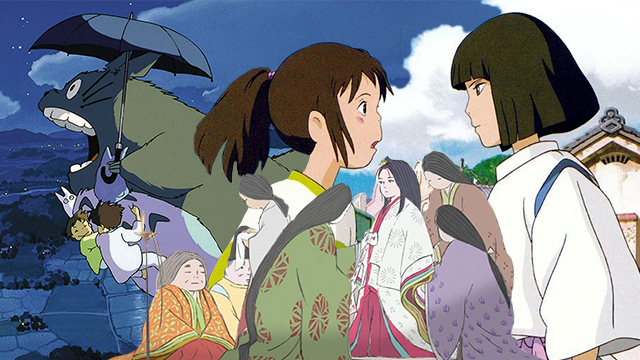
Unlike shonen, which boasts a wide array of thematic and narrative approaches, shojo has traditionally been more limited in its variety. However, shifting audience preferences and expectations is a gradual process, and shojo anime currently requires a significant boost.
With major shonen titles like My Hero Academia and Bleach reaching pivotal points in their respective storylines this year, the competition for viewership is fierce.
To effectively vie for attention in this crowded surface, it’s crucial for Shojo to leverage its strongest assets. This often means revisiting classic titles that still hold sway over audiences. These timeless series not only boast established fan bases but also offer valuable contributions to the industry, even after all these years.
Bringing Classic Shojo Titles to a Modern-Day Audience

Introducing classic shojo anime to contemporary audiences not only presents a cost-effective strategy due to their existing fan base but also holds the potential to grab a new generation of anime enthusiasts. Since its inception in the 1960s, the anime community has experienced remarkable growth.
A recent survey by Polygon in January 2024 revealed intriguing trends in American anime viewership across generations. While only 12% of Gen X (1965-1980) reported watching anime, the numbers surged to 25% for Millennials (1981-1996) and a significant 42% for Gen Z (1997-2012).
With the anime community expanding exponentially over the past few decades, reviving classic shojo titles could serve as a gateway for newcomers to find the genre, complementing the existing shojo fandom and potentially enlarging the audience even further.
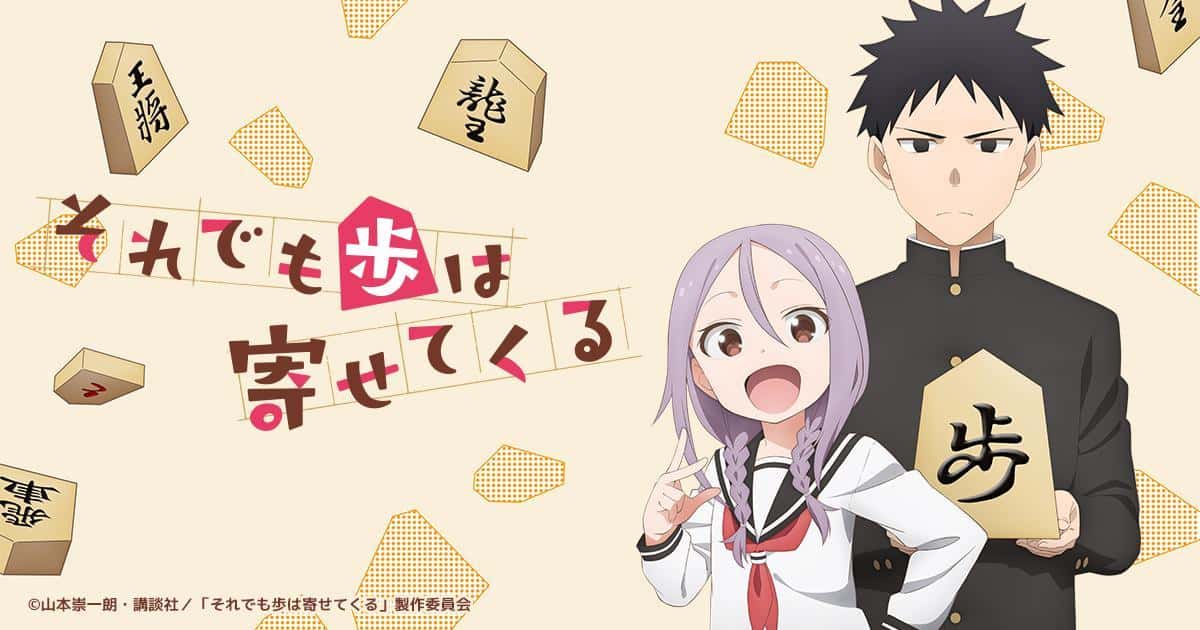
Furthermore, there’s a contemporary emphasis on feminist ideals within the anime industry, advocating for the creation of more nuanced and empowering female characters across various genres and demographics.
As creators strive to move away from harmful tropes, the reboot or continuation of classic shojo series could offer a revitalization for these franchises.
Many beloved classics, such as Ouran High School Host Club and Vampire Knight, have been criticized for perpetuating toxic themes and relationships, detracting from their appeal.
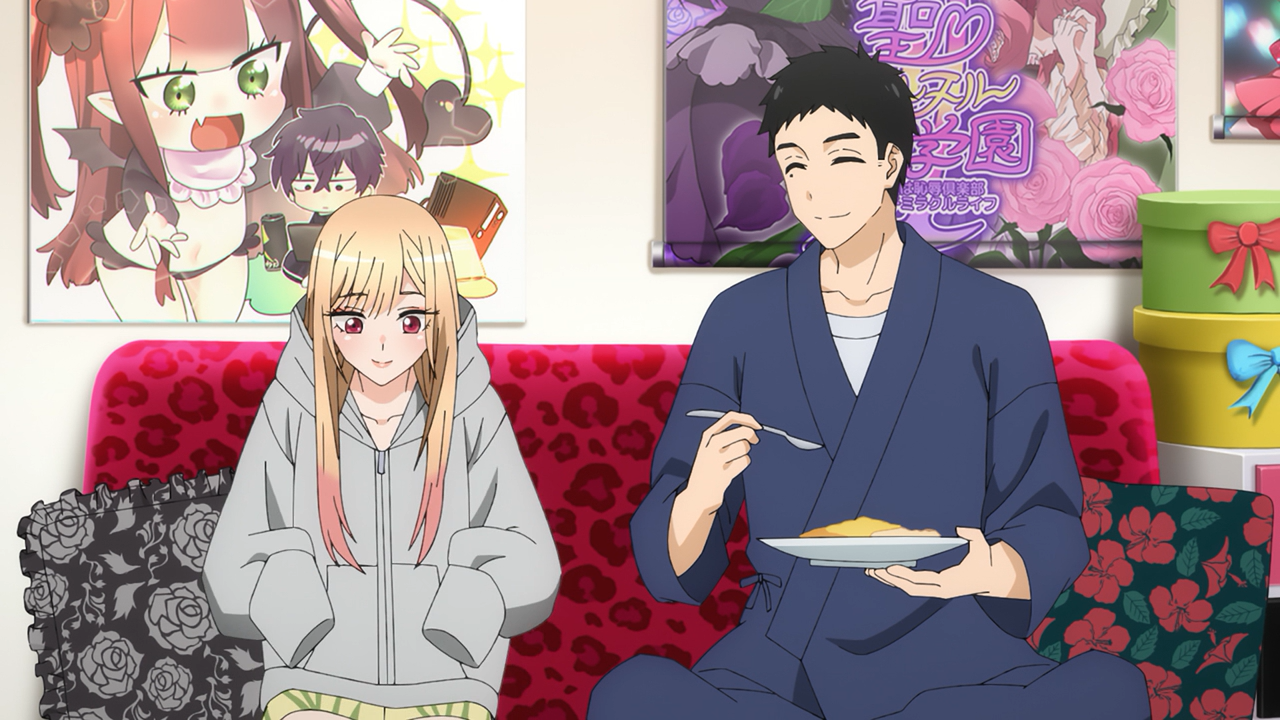
By revisiting these classics with a critical eye toward eliminating problematic tropes, both newer and older generations can enjoy these timeless stories without the accompanying frustrations.
Additionally, the advancement in modern-day animation techniques enhances the viewing experience, replacing outdated visuals that may have hindered enjoyment in the past. Altogether, bringing classic shojo anime into contemporary anime offers numerous benefits.
Moreover, on a deeper level, there’s immense potential for the shojo demographic to derive further benefits from these endeavors.
Rectifying Longstanding Injustices: Years-Overdue Rewrite
Correcting longstanding missteps in anime adaptations has been a gradual but crucial process, with some shojo series finally receiving the attention they deserve. While the remake of Sailor Moon in 2014, Sailor Moon Crystal failed to generate as much excitement, the subsequent remake of Fruits Basket made a significant impact.
The 2019 rendition of Fruits Basket surprised viewers with its research of dark psychological themes such as family dynamics, abuse, and trauma, proving that shojo narratives can transcend simple high school romance.
These emotionally resonant stories have the power to leave a lasting impression on audiences of all ages and genders. It’s regrettable that the original 2001 adaptation barely scratched the surface of Natsuki Takaya’s intricate storytelling, underserving the anime industry and its fans.
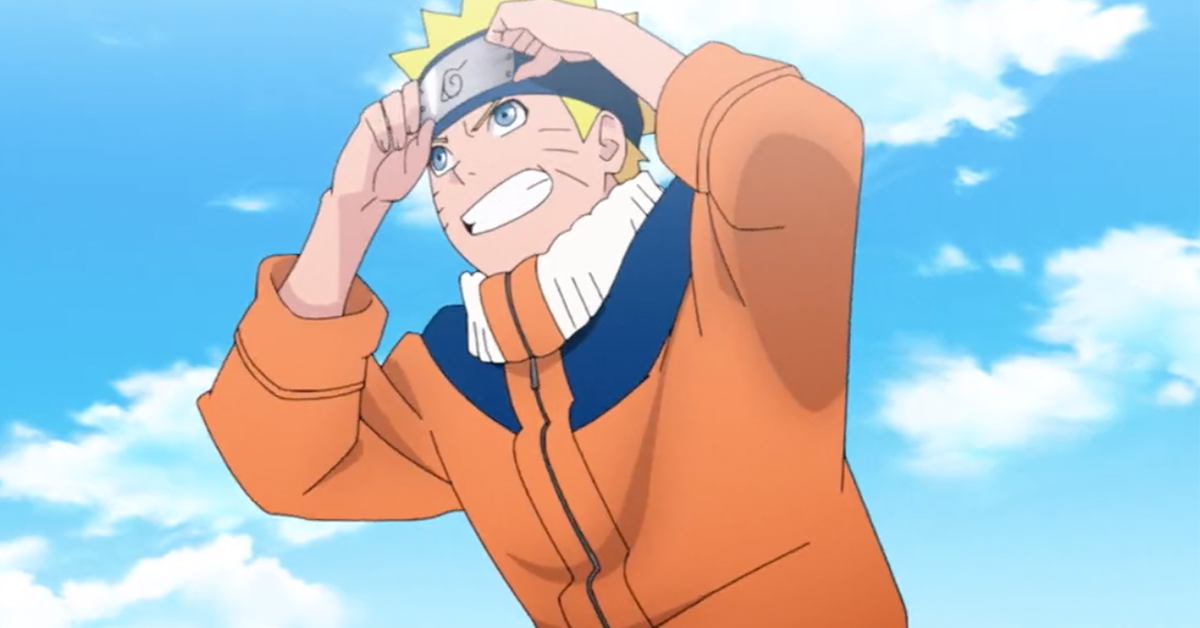
In contrast to the meticulous adaptations received by series like Naruto, Bleach, and One Piece in the early 2000s, Fruits Basket’s complex plot and character arcs were unjustly condensed in its original anime rendition.
Thankfully, the remake has rectified these shortcomings, allowing anime enthusiasts to fully appreciate the depth of the source material. Yet, there remains a plethora of shojo manga that have yet to receive the same treatment.
Fans eagerly anticipate remakes of series like Skip Beat, Gakuen Alice, His and Her Circumstances, and Fushigi Yuji, which suffered from issues such as subpar animation, deviation from the original storyline, unsatisfactory conclusions, or a combination thereof.
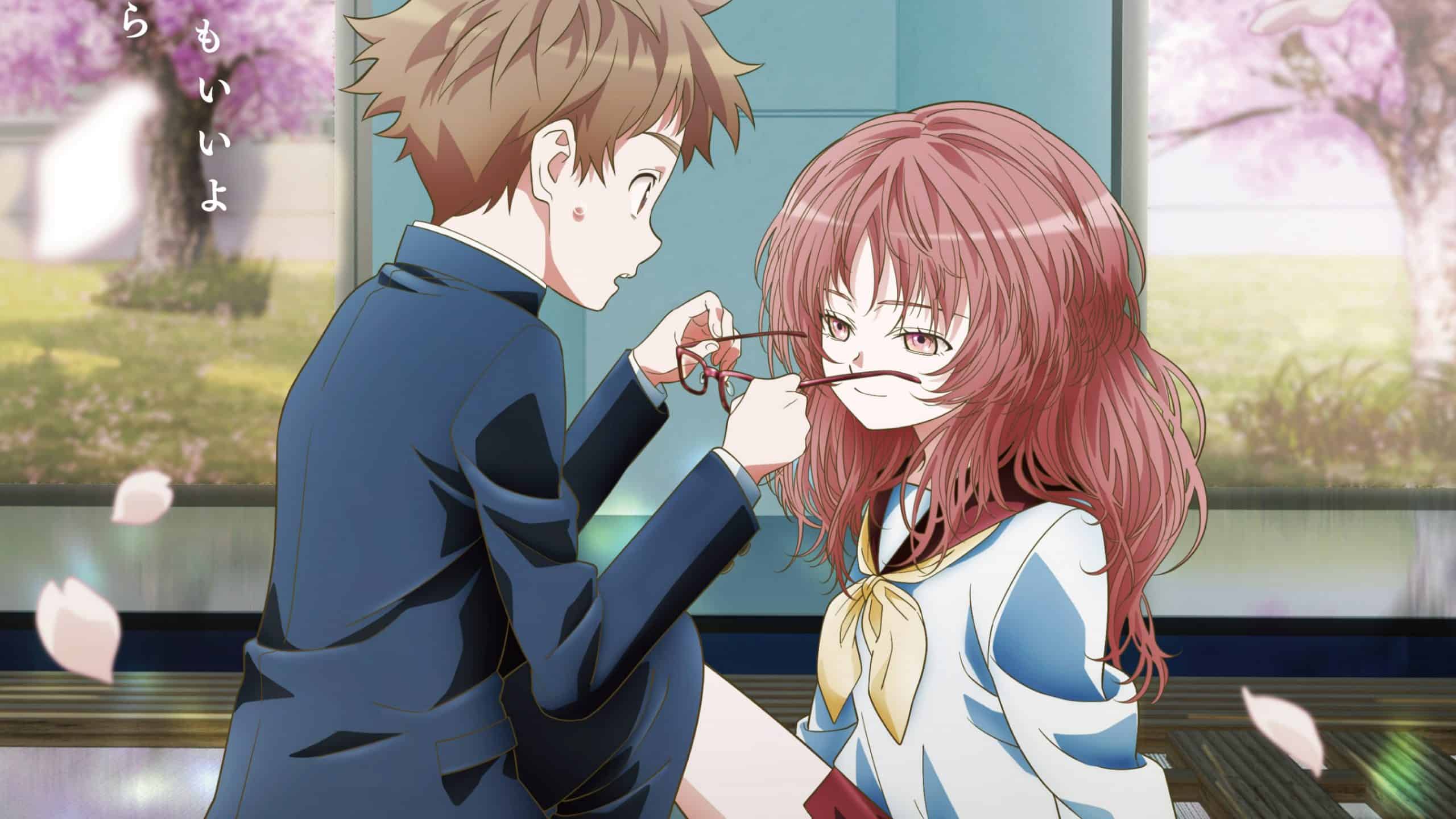
Beyond demographic distinctions, any franchise stands to benefit from well-executed remakes. Fullmetal Alchemist: Brotherhood, for instance, remains a pinnacle of success and popularity in the anime world.
While shonen enthusiasts may also lament the shortcomings of series like Soul Eater, it’s evident that such production discrepancies are more prevalent in the shojo series.
By revisiting and revamping these classics, the industry can rectify past mistakes and provide audiences with the quality adaptations they deserve. In some cases, classics merely await a worthy sequel to continue their legacy.
Extending Series with Additional Seasons: A Suitable Strategy for Select Titles
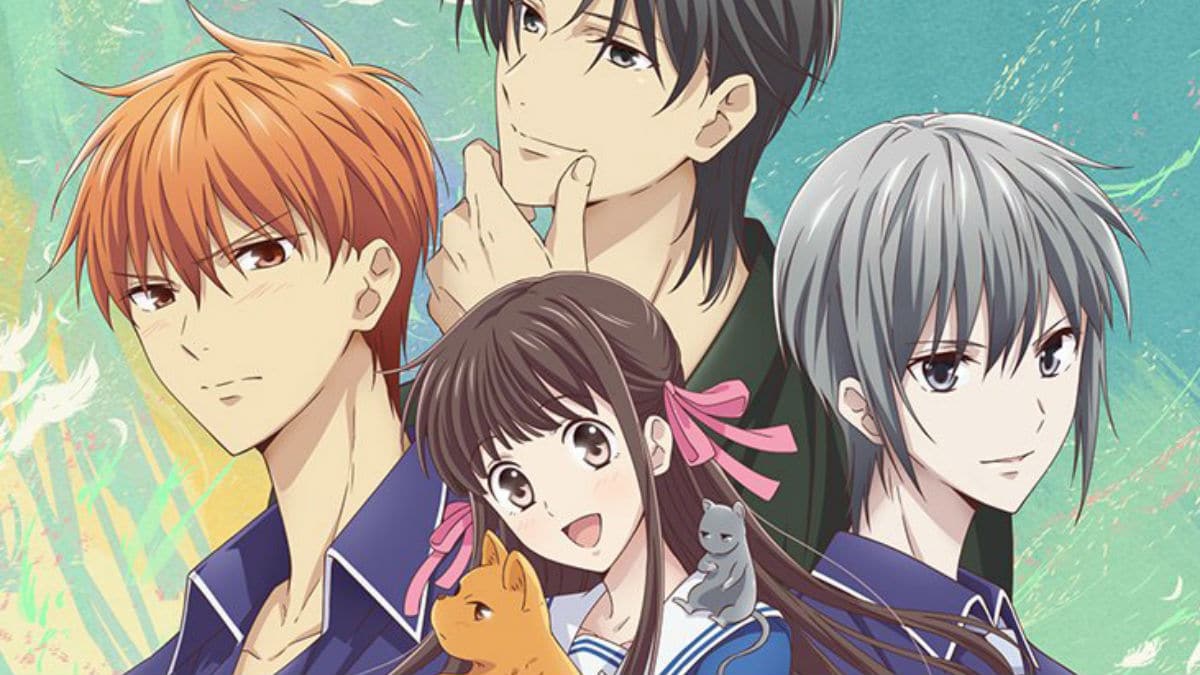
Continuing a beloved series with additional seasons can be a fitting approach for certain titles, mirroring the success seen with the 2019 rendition of Fruits Basket. A prime example is the ongoing season of Kimi ni Todoke, a shojo series that concluded abruptly despite having more narrative potential to research.
While many shonen and seinen titles receive multiple seasons, numerous shojo series are left without this treatment. In the case of Fruits Basket, a simple addition of a second season would have been insufficient due to its significant divergence from the original manga.
However, Kimi ni Todoke’s first and second seasons faithfully adapt crucial elements from the manga, making a remake unnecessary despite the passage of over a decade.
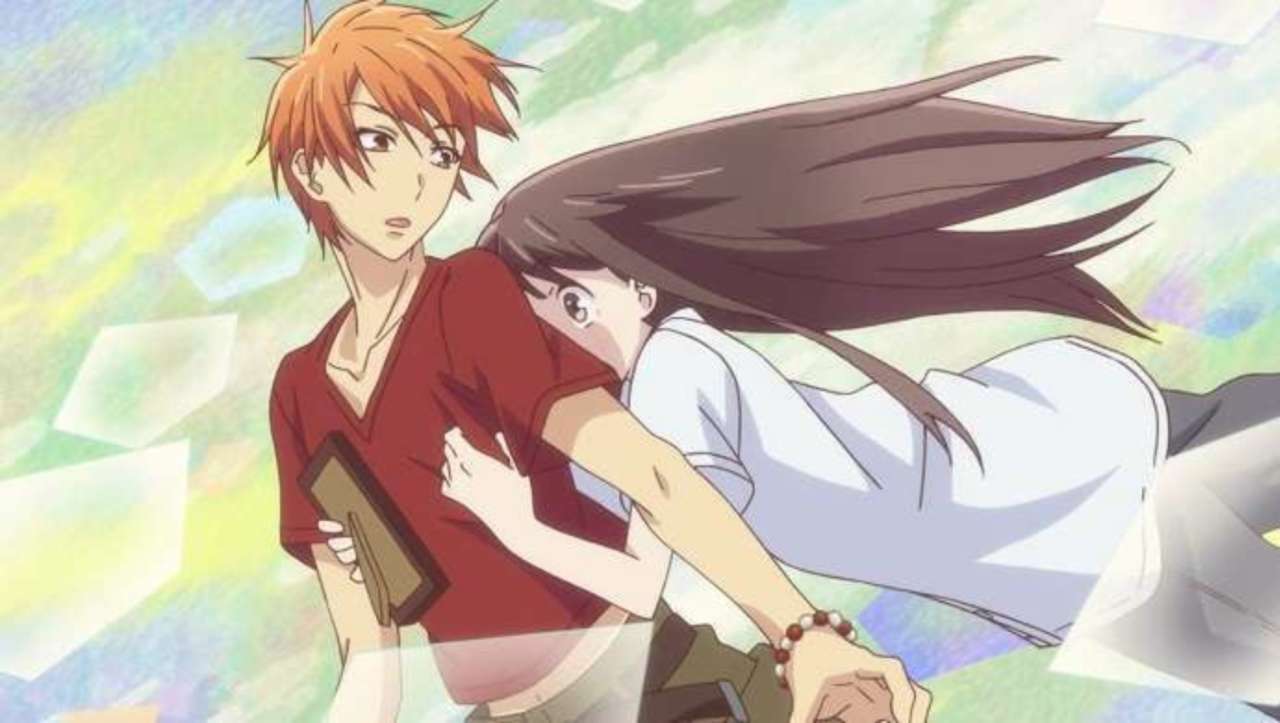
Similarly, other shojo anime like Yona of the Dawn and Nana could benefit from sequels rather than remakes, although both manga series have encountered production challenges.
Despite its flaws and dated animation, Ouran High School Host Club is another shojo series that could forego a remake while still having ample manga material left unexplored by the anime adaptation.
In essence, anime producers need not incur the hefty costs associated with full remakes when the option of sequels presents itself as a viable alternative.
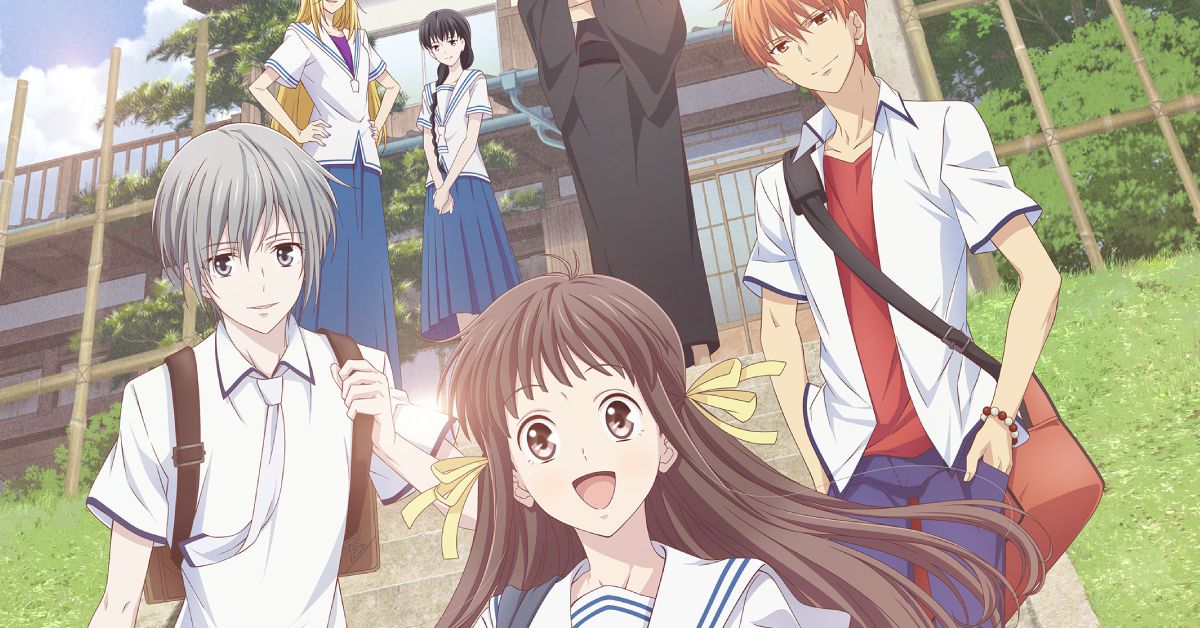
The perennial lack of shojo anime within the industry has long been a concern, with shonen titles often receiving greater attention from both producers and fans.
To reignite interest in shojo series swiftly, focusing on the most popular classics is paramount. These timeless anime already boast proven success and enjoy a dedicated fan base.
With a burgeoning anime community and positive industry developments, remakes and sequels to these classic series present a promising opportunity to rejuvenate the shojo demographic.

